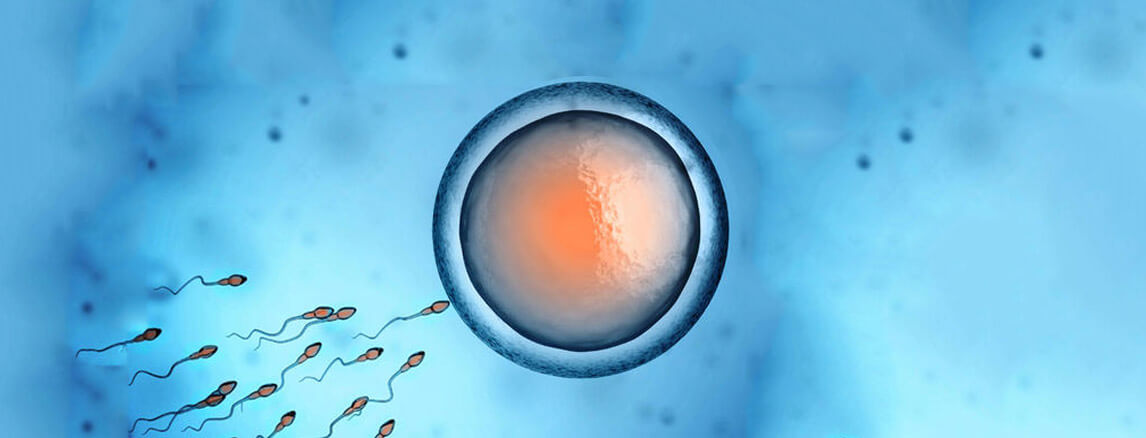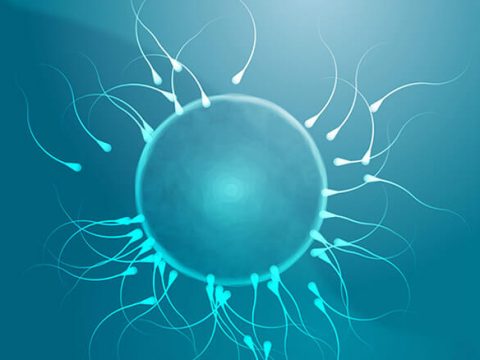How To Get Pregnant
January 22, 2020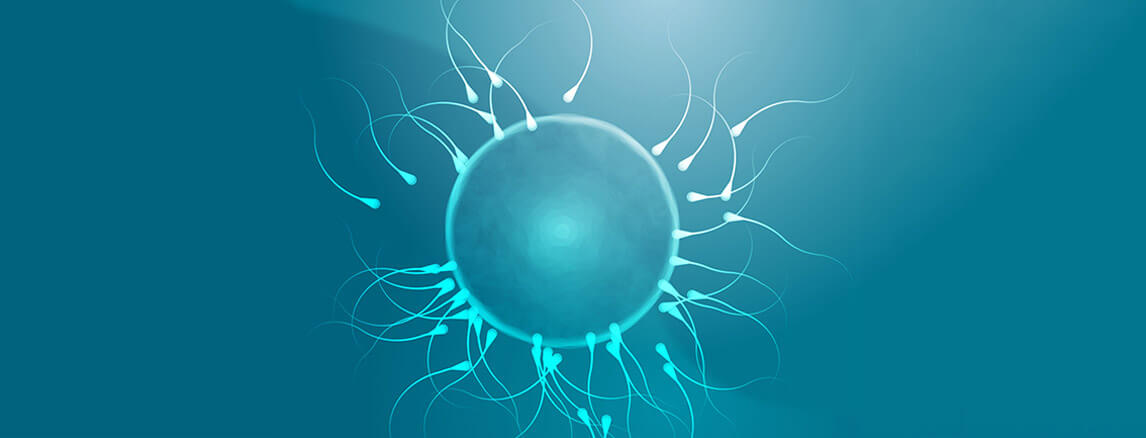
What is ivf?
March 1, 2020What is iui? IUI also known as artificial insemination, is a simple and straightforward fertility treatment that increases the amount of sperm available for natural egg fertilisation in the woman’s reproductive tract. The process increases the chances of fertilisation by bypassing the vaginal journey through direct transport of the sperm into the woman’s uterus. IUI is considered a less-invasive and a more affordable fertility treatment option compared to in vitro fertilisation (IVF).
Difference between IVF and IUI
Quite a lot of people think IUI and IVF are one and the same procedure, however this is not the case. IUI is a less-invasive procedure that gives the body more control over the process of fertilisation, unlike IVF where fertilisation takes place within a lab. IUI is considerably less expensive than IVF because it involves fewer drugs, however the success rates tend to be lower.
During the IUI procedure, high-quality sperm cells are separated from the donated sperm sample and transported into the womb where they are left to facilitate fertilisation naturally. However, unlike IUI, the IVF procedure involves a separate collection of the egg and sperm from the woman and the man, and mixing them in the lab to fertilise.
When is IUI Used?
The most familiar application of IUI is in dealing with male-factor fertility issues such as low sperm count or reduced sperm motility. These factors hinder the sperm from successfully journeying through the vagina and cervix to the uterus and fallopian tube (where fertilisation takes place).
However, these aren’t the only issues IUI can help with; It can also prove effective under the following situations.
- When there is ejaculation dysfunction
- When there is an abnormality in the form of the cervix
- When there are complications in ovulation
- When the cervical condition is hostile, e.g. excessive cervical mucus
- When cervical scar tissues (resulting from past procedures) prevent the sperm from entering the uterus
- When couple’s infertility is unknown
The IUI Procedure
The IUI process is a straightforward one, and the length of the treatment depends on your preferred options. The outline below reveals the steps involved in a single cycle of IUI.
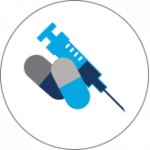
Ovarian Stimulation (Optional):
This is typically an optional step for patients. It involves a daily administration of hormonal drugs (for about 10 days) aimed at boosting egg production. This process significantly improves the likelihood of success by ensuring that more than one egg is available for fertilisation. However, for IUI to be successful, it is important that the woman possesses at least one functional fallopian tube (site of egg fertilisation).
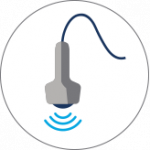
Ultrasound Scans:
During hormonal treatment, transvaginal ultrasound scans will be performed intermittently to monitor the growth of the developing follicles (fluid-filled sacs housing the eggs). As the follicle approaches optimum size, a shot of human chorionic gonadotrophin (hCG) will be administered to enhance the maturation of the eggs and also to time ovulation (egg release). The hCG injection is given 24 – 36 hours before insemination.

Preparation of the Semen:
It is important for the male counterpart (or sperm donor) to bring a sperm sample to the laboratory several hours before the IUI procedure. This is to ensure that ample time is given to prepare the sperm for the procedure. Sperm preparation involves the separation of agile/motile sperm cells from the weak/immotile ones in a centrifuge. The selection of the highest quality sperm greatly increases the chances of fertilisation.
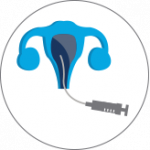
Insemination:
The process of insemination is very similar to what you would witness in a vaginal smear test. A speculum is first inserted into the vagina to keep it open, then the cervix is cleaned, after which a catheter is passed through the cervix to deliver the sperm into the uterus.
The IUI procedure is typically not a painful one and you should be ready to return home immediately after the procedure with little or no discomfort. If fertilisation takes place successfully, signs of pregnancy should be evident in about two weeks.
How Successful is IUI?
Just like any other fertility treatment, the success rate of IUI depends on various factors such as age, use of fertility drugs and causes of infertility. So, for instance, a younger woman who takes fertility drugs is more likely to get pregnant than an older woman depending on her natural cycle.
Although IUI is less-invasive and more affordable than IVF, it also has a lower success rate, which is usually about one-third of what is witnessed in IVF. The success rate varies for different people, so endeavour to discuss with a fertility specialist to discuss your chances of success.
Common Risks Associated with IUI
Just like any other fertility treatment, IUI does come with certain risks. These include:
Multiple Pregnancies:
A major risk associated with IUI is the increased chance of multiple pregnancies – especially when fertility drugs are taken. This is because fertility drugs stimulate the ovary to produce and release multiple eggs at once. If all these eggs end up being fertilised, multiple pregnancy sets in and that can come with some serious health risks for both the mother and the babies, including low birth weight, premature delivery and stillbirth.
Ovarian Hyperstimulation Syndrome:
When undergoing a stimulated IUI cycle, there’s a very small chance of having ovarian hyperstimulation syndrome (OHS). Symptoms such as nausea, diarrhoea, abdominal pain and a bloated tummy are all characteristic of OHS. There is also the prospect of an infection, but this is a very rare occurrence.


